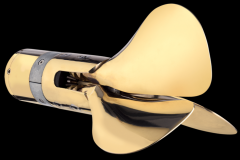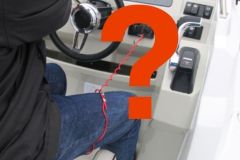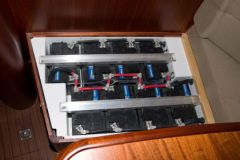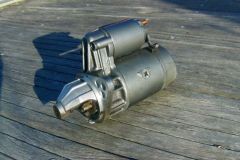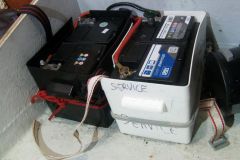The separator coupler
It is the most basic - and cheapest - solution. It is a relay, a kind of switch that is installed between the first battery - often the starter battery - and the second battery - the servitude battery. When the battery number 1 is charged, the relay closes and the second battery can then receive the charge.
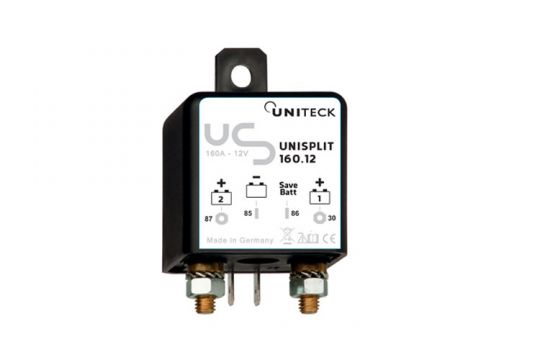
It's simple and it works very well for charging. The problem is that if a consumer such as a refrigerator, for example, comes to consume energy while the coupler is closed (battery charging), this consumer pulls on both batteries at the same time. It will therefore draw from the starter battery, which is not good.
This separator coupler solution is rarely used on our boats.
The diode distributor
Unlike the coupler, the distributor is installed upstream of the battery banks. It does not pose the problem of battery discharge as with a coupler.
There are 2 technologies for the construction of distributors: diode or MOSFET.
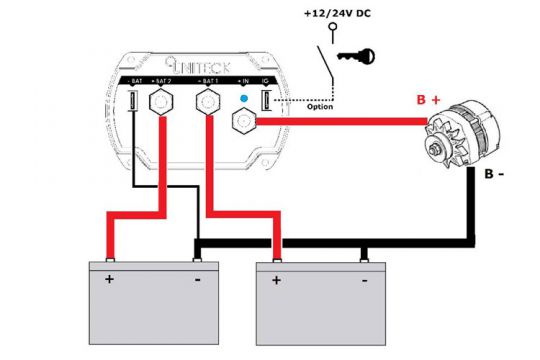
Diode distributors have very basic electronics. Their main disadvantage is the loss of tension they cause: -0,7 V. As a fully charged alternator delivers 14.2 V, with a loss of 0.7 V, the battery is only charged to 13.5 V. And it is not enough, because for a total charge, a battery requires 13.9 V. With a diode distributor, the battery never receives a full charge resulting in a shortened battery life. It is therefore not a solution to be retained on a boat unless you change your battery fleet every 2 years...
The MOSFET distributor
The MOSFET distributor takes its name from the MOSFET electronic component that characterizes it. A MOSFET is a kind of electronic relay controlled by voltage peaks. It is a component used in power electronics. It offers very little voltage loss. This ensures that the battery can always receive a current of at least 13.9 V and achieve a full charge.
In recent years, this component has evolved considerably. Until 5 years ago, components tended to heat up, forcing manufacturers of this type of distributor to include them in fairly large and highly ventilated boxes.
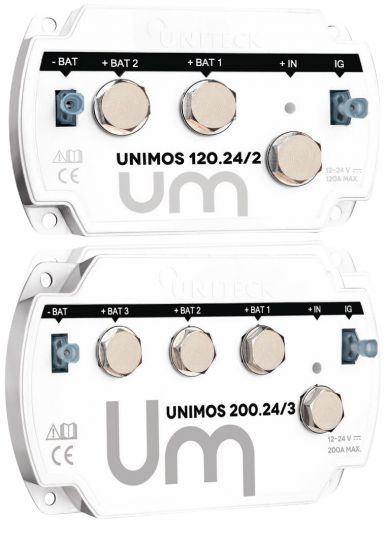
Today, with modern components, companies like Uniteck are able to produce MOSFET distributors that are five times smaller. This volume gain was achieved by using MOSFETs that do not heat and by integrating the connectors directly on the printed circuit board. Thus these devices can easily find their place in the technical holds and do not warm up the atmosphere of the hold.
For the yachtsman, installing a Uniteck Unimos charge distributor ensures that the battery is always fully charged and, above all, that the ageing of his fleet is slowed down. Great savings in the pipeline.





